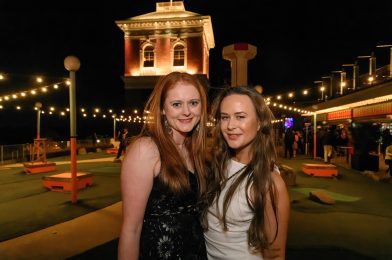Once you have a camera and lens, the best addition you can make to this kit is a flash.
There are so many times that a flash would improve an image that you might not take that photo without a flash.

Here is a classic example of where there is more light behind the subject than on the subject.
I find myself in well-lighted rooms where I am on the opposite side, where the light is on the subjects’ faces, and with a small flash, I can at least get a photo that otherwise would not be possible.
Many might think you can change the exposure for the people’s faces, but then in some of these situations, the background would disappear.

If you buy a flash with TTL that matches your camera brand, you can do many exposure variations to get those moments.
I assume you understand the exposure triangle; if you do not, here is a blog explaining it.
There are two separate exposures you are controlling when using a flash. When you set the camera and use TTL flash, the default settings for most cameras will dial the ISO down to the lowest setting automatically if you are using Auto ISO. This will often cause the background to disappear.
Since the camera needs more light at a lower ISO, the camera is talking to the flash with the TTL technology and telling the flash to put out much light.
Here is a simple tip to help you still get the background and balance it for the subject. Take a picture without the flash on using Auto ISO and a shutter speed that will not blur the issue. Usually, 1/60 or 1/125 works. Then, pick an aperture that keeps what you need focused. Remember, if you are shooting with an extensive depth-of-field like ƒ/16, you need a powerful flash. So be realistic about that aperture. I usually shoot no more than ƒ/8 and most of the time around ƒ/4.
Once you take the photo, then make a note of the ISO setting. Then be sure you have your ISO minimum setting with AUTO ISO no more than one stop less than the photo you took without flash. Of course, you can always set the ISO manually and not use the AUTO ISO.

Now, remember that the flash can also be controlled while in TTL. There is either a menu on your camera to control the flash by sliding a setting from – 0 +. Having it at 0 on the EV scale and the camera set to an ISO of 1/3 to ½ under the proper setting gives excellent results.
Now there is much more you can do with that flash than what I mentioned here in this blog. Just type in the search window on this blog, “off-camera flash,” for many posts to help you do even more with this flash.

